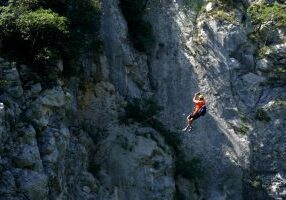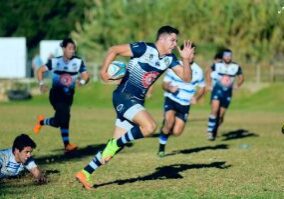Sports injuries are an occupational hazard for athletes, even if the correct precautions are taken and protective equipment is worn. The length of the rehabilitation process will depend on the seriousness of the injury. In any case, it’s a step by step process that requires patience and perseverance.
The process ends when the healing is complete and movement is restored to the injured part of the body. If a patient starts trying to take shortcuts, pushing their body through rigorous physical activity, they will only make the injury worse. This could result in it becoming a permanent problem. Depending on the injury athletes could need to wait for their normal gait to return, working to restore their muscle strength and regain their endurance.
Here are the steps that a patient with a sports injury will have to work through;
1) Allow their body to heal
They will need to follow the doctor’s advice carefully, allowing their injury to heal before putting weight in it. Pain is something to work through but that doesn’t mean forcing an action against the body’s protests. The pain they feel is a sign that the injury needs to be taken care, that the body needs time to get back in shape before being able to continue with the activity! Part of healing is resting, eating healthy food and drinking plenty of water. A good diet and medication, available at websites like Valkyrie Pharmaceutical Shop, will help the body to recover effectively.
2) Rebuild their strength and endurance
After the injury has healed, and the doctor gives the go ahead, patients can begin building their strength back up. They made need to hire a physical therapist to guide them through the initial stages as, in this case, too much exercise is definitely a bad thing! An athlete should follow the advice ‘slow and steady wins the race’ religiously to avoid a relapse.
3) Muscle memory
The slow pace may be frustrating for them but as they begin to get back into the sport they’ll discover the miracle that is muscle memory. Once an exercise routine has been learnt, and repeated multiple times, the human body will never forget it. This is something that the patient will discover as they move through their ‘slow and steady’ regime. They won’t have to relearn anything, just remember it!
4) Regaining their confidence
Believe it or not, part of the recovery process is mental recovery. The injury is likely to leave a psychological mark. In order to fully regain their athletic abilities, a patient will need to work through their depression and fear. Depression may be easier for them to recover from; with the right support they can become optimistic and determined. Fear may be harder, it’s the body’s way of protecting itself and can take time to recover from. That’s why the pace is so important. Trying to run the day after their brace is removed may not be the best idea.
Listening to your body, allowing it to guide you through the process is possibly the most important part of this step by step road to recovery!










